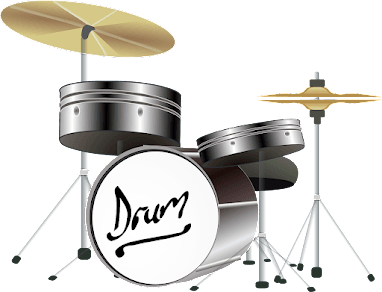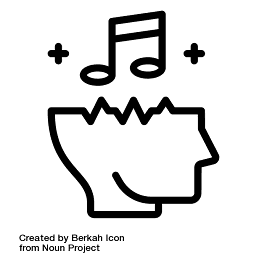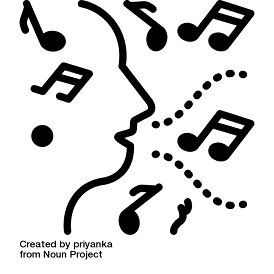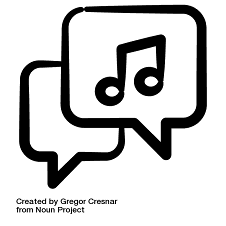Myths about teaching can hold you back
Learn why
Lesson 11 of 13
- Year 8
How is a blues melody structured?
These resources were made for remote use during the pandemic, not classroom teaching.
Switch to our new teaching resources now - designed by teachers and leading subject experts, and tested in classrooms.
Lesson details
Key learning points
- In this lesson, we are going to create a structured blues melody above last lesson's accompaniment. We will make creative decisions about who from the 'band' improvises in our blues piece.
Licence
This content is made available by Oak National Academy Limited and its partners and licensed under Oak’s terms & conditions (Collection 1), except where otherwise stated.
6 Questions
Q1.What is a blues accompaniment in a band?
What is a blues accompaniment in a band?
Flute, clarinet and saxophone.
Trumpet, trombone and saxophone.
Q2.What part in blues music does this instrument play?
What part in blues music does this instrument play?

Slow hip hop beat
Straight rock beat
Q3.What part in blues music does this instrument play?
What part in blues music does this instrument play?

A countermelody
The solo improvised section
Q4.What part in blues music does this instrument play?
What part in blues music does this instrument play?

The head melody
The walking bass line
Q5.What pitches can you add to a walking bass line to make it sound stylistic to blues?
What pitches can you add to a walking bass line to make it sound stylistic to blues?
Notes in a different key
Octaves
Q6.What is vamping on the piano in blues music?
What is vamping on the piano in blues music?
Creating an improvised melody
Playing the 12 bar blues
6 Questions
Q1.What is this instrument called?
What is this instrument called?

Saxophone
Trumpet
Q2.Which of these instruments often play the melody parts in blues music?
Which of these instruments often play the melody parts in blues music?
Bass, piano and guitar.
Drum, bass and piano.
Q3.What melodic idea is a 'head' in blues music?
What melodic idea is a 'head' in blues music?

The backing vocals.
The introduction of the song.
Q4.What is improvising in blues music?
What is improvising in blues music?

Copying a part from someone else.
Reading the rhythm section from a lead sheet.
Q5.What is the melodic structure AAB?
What is the melodic structure AAB?

Call and response by copying the other part.
Verse and chorus.
Q6.Name the song that made Duffy a famous artist.
Name the song that made Duffy a famous artist.
2002
Love me like you do

